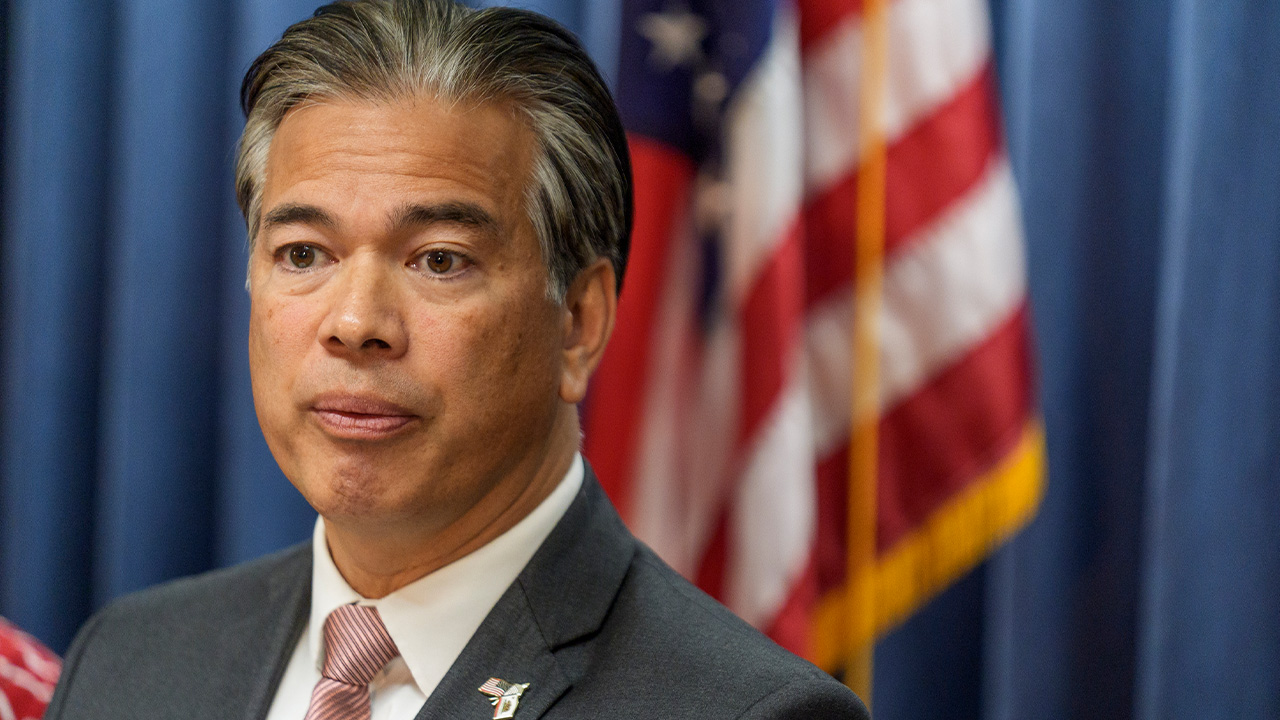
NGOCSTIP – Comic‑Con Shock unfolded not only in the world of pop culture but also in public safety. During this year’s Comic‑Con in San Diego, California Attorney General Rob Bonta issued a serious warning to attendees. Large-scale events like Comic‑Con often attract more than fans and celebrities. Law enforcement officials have seen increased human trafficking activity in such crowded environments. People attending may not even realize the dangers happening around them. Bonta urged the public to stay alert and report anything suspicious. Local organizations also handed out materials explaining signs of exploitation and how to safely report suspected trafficking. Authorities emphasized the importance of community awareness. With thousands gathering in costume and celebration, predators may try to blend in unnoticed. This Comic‑Con reminded fans that vigilance is as important as fun. While the event celebrated heroes, the real world called for heroism of a different kind.
During the excitement of panels and cosplay, Comic‑Con Shock revealed a growing threat that often hides in plain sight. Attorney General Rob Bonta used the massive attention around Comic‑Con to highlight the darker realities tied to such events. While most come to celebrate their favorite fandoms, traffickers may use the chaos to target vulnerable individuals. Attendees were warned about common tactics used by traffickers, including manipulation, isolation, and coercion. The warning was not meant to scare, but to inform and empower the public. Authorities called on everyone, from tourists to vendors, to remain watchful. Prevention strategies included recognizing changes in behavior, watching for signs of control, and understanding that anyone could be a victim. By bringing awareness directly to the Comic‑Con audience, officials hoped to equip thousands of people with life-saving knowledge. The event became more than a festival—it became a platform for awareness and safety.
As part of the Comic‑Con safety campaign, practical tips were shared with the crowd. These tips focused on how to spot and report human trafficking in a safe and informed way. Organizers advised the public to pay attention to people who seem anxious, fearful, or unable to speak freely. Other red flags included signs of physical abuse or someone closely monitored by another person. Victims may not always seek help directly, so observers were encouraged to contact law enforcement discreetly. The campaign reminded attendees that traffickers often use psychological control instead of chains or violence. Attendees received hotline numbers, QR codes for reporting tools, and links to trusted resources. Volunteers walked through the convention areas distributing guides and engaging in conversations. Several booths across the venue supported the effort by displaying key messaging. By making safety materials visible, organizers ensured that help was always within reach.
Major events like Comic‑Con attract hundreds of thousands of people, creating a perfect cover for traffickers. Large crowds, unfamiliar faces, and chaotic movement give predators the opportunity to act unnoticed. Experts say traffickers often target runaways, lonely travelers, or people separated from groups. The energy and excitement of festivals may cause people to lower their guard. For traffickers, this creates a vulnerable environment where recruiting or abduction may occur. This has happened before at sporting events, music festivals, and conventions. Law enforcement now uses predictive strategies to prepare ahead of such gatherings. They work with event organizers, local NGOs, and hotel staff to spot warning signs. Authorities said the situation at Comic‑Con mirrored similar trends seen in other cities. Surveillance increased during the event, and plainclothes officers were placed in busy zones. Collaboration between public and private sectors proved vital in creating a safer space for everyone.
“Read more: Stop Wasting Money: The Secret Insulation Hack Hidden in Your Garage Door”
At Comic‑Con, the message was clear: everyone has a role in stopping human trafficking. Whether someone is a fan, staff member, or vendor, they can help protect others. Authorities urged the public to speak up if something seems wrong. Education played a huge role this year, with digital campaigns spreading real-time updates and information. Social media channels helped amplify the message, making it trend across platforms. Victims were reminded that they are not alone, and that support networks exist to help them escape abuse. The community response was largely positive, with many attendees praising the proactive approach. Local charities, shelters, and advocacy groups also joined forces to increase outreach. Comic‑Con became a unique space not only for pop culture but also for real-world action. Events like this showed how entertainment can become a vehicle for awareness. A culture of care and observation began to grow throughout the crowd.